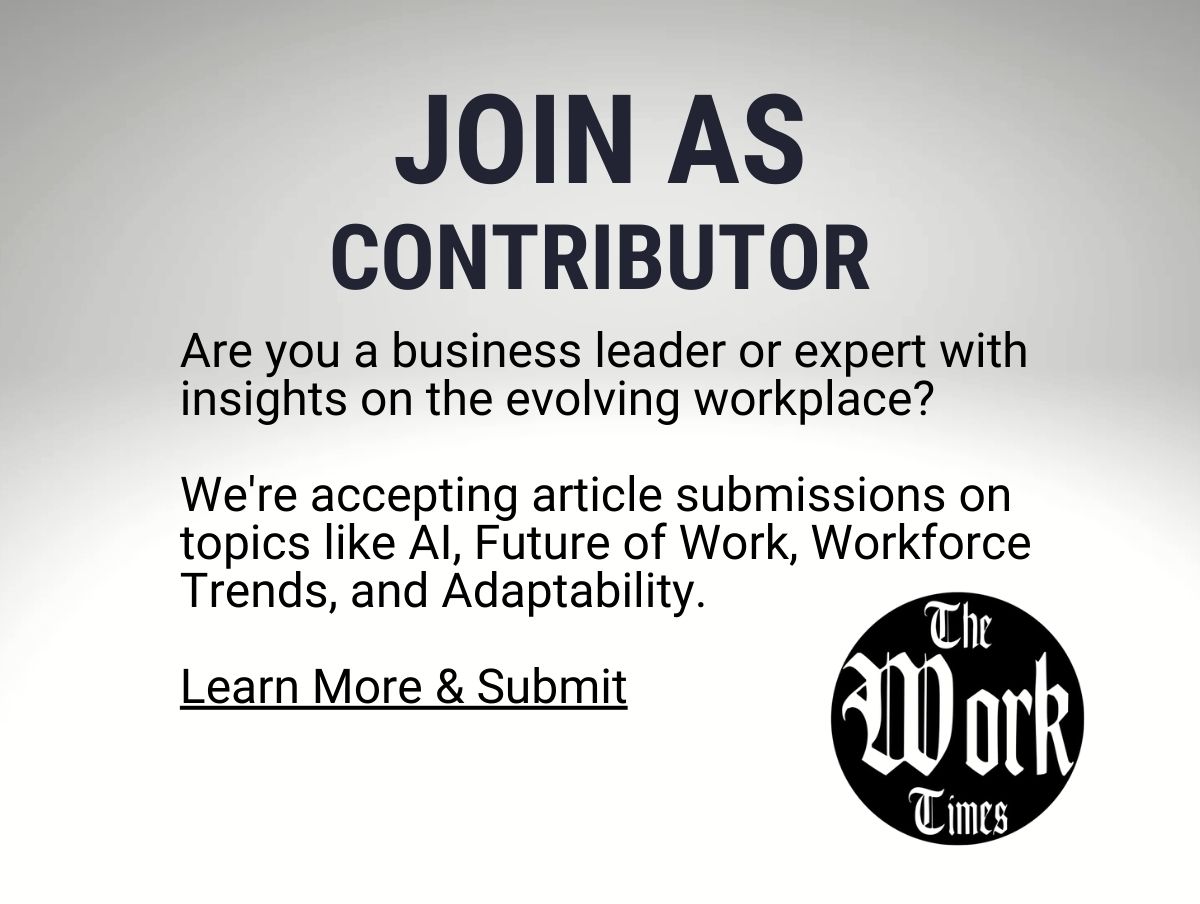Workers as Watchdogs: How Microsoft’s Trusted Technology Reviews Put Employees in the Driver’s Seat
Microsoft employees can now request Trusted Technology Reviews to flag potential misuse of company products — a policy reshaping how technology firms respond when the world questions the consequences of their tools.
When internal concern becomes company policy
In recent months, high-profile controversies connected to the deployment of tech products in sensitive regions have forced technology companies to reexamine not only what they build, but how their work reaches the world. For one of the industry’s largest employers, those conversations have moved from conference rooms to formal channels: Microsoft has introduced a mechanism that allows employees to request Trusted Technology Reviews when they suspect a product, service, or deployment could be misused.
This is not just a procedural tweak. It signals a different balance of power inside the modern enterprise — where the people closest to design, code, and customer relationships can trigger a structured review that pauses or scrutinizes decisions before they become irreversible. In practice, that shifts some responsibility for guarding societal impact onto the workforce itself.
What a Trusted Technology Review looks like
At its core, a Trusted Technology Review is a formal request for review that employees can submit when they perceive risk. That risk could be technical — a vulnerability or misconfiguration that makes a product prone to misuse — or contextual, tied to how a product is likely to be used in a particular setting or by a particular customer.
The review process typically follows several stages: intake, triage, analysis, recommendations, and follow-up. Intake creates a record and triggers protections for the person who raised the concern. Triage assesses whether the issue is urgent or needs a deeper look. Analysis draws on engineers, policy teams, legal counsel, and product managers to determine the nature and severity of the risk. Recommendations might range from additional safeguards and contractual conditions to changes in deployment or, in rare cases, halting a sale. Follow-up closes the loop by tracking whether recommendations were implemented and monitoring outcomes.
Why this matters now
The immediate catalyst for the policy was a series of contentious deployments and public scrutiny in the Middle East that raised questions about customer intent and downstream harms. Those episodes crystallized a challenge tech companies have long faced: how to reconcile a global sales footprint with the uneven and evolving social consequences of their tools.
By formalizing a channel for employees to raise concerns, Microsoft is acknowledging two realities. First, the people who build and support technology often have the best insight into how it can be misapplied. Second, the pace of modern business can rush products into the field before consequences are fully understood. Trusted Technology Reviews create a brake — not to stall innovation, but to ensure it aligns with agreed principles and legal obligations.
From protection to participation: changing corporate culture
Policies matter, but culture matters more. A mechanism that sits unused or that is perceived as punitive will not achieve its goals. For Trusted Technology Reviews to be effective, they must be embedded within a culture that welcomes responsible dissent and treats concern-raising as civic participation rather than betrayal.
This requires clear protections for employees who submit reviews: confidentiality where needed, safeguards against retaliation, and timely responses so people don’t feel ignored. It also requires visible outcomes. When teams see that reviews lead to meaningful change — mitigations, revised contracts, or even product adjustments — they are more likely to engage in the system in good faith.
Operational realities and tradeoffs
No governance mechanism is without cost. Reviews take time and resources. They can slow sales cycles or complicate customer negotiations. They can also be weaponized in internal politics if they lack clear standards and impartial decision-making.
To minimize these downsides, effective programs balance speed with rigor. Triage must be agile so urgent risks are handled immediately, while non-urgent matters can go through a more deliberate analysis. Transparency around criteria helps reduce friction: employees should know what types of concerns warrant a review and what outcomes are possible. Equally important is a transparent appeals or oversight function, so decisions themselves can be scrutinized if they appear inconsistent.
The ripple effects across product design and customer relationships
When frontline staff can highlight potential misuse, it changes how teams design and negotiate. Product managers begin to think more intentionally about guardrails, privacy defaults, and monitoring capabilities. Legal and sales teams may incorporate stronger contractual language or deployment conditions. Support and implementation teams are pushed to document how a product is configured and to insist on verification steps before enabling high-risk features.
The cumulative effect is a product lifecycle with more checkpoints. That might seem burdensome to some, but it also builds resilience: fewer surprises, clearer obligations, and a stronger record if decisions are called into question by regulators, customers, or the public.
Global implications and equity
Technology deployed in one region can have outsized effects elsewhere. Policies that allow employees to request reviews help surface regional nuance — for example, how a tool used for routine administration in one place could enable rights abuses in another. A workforce distributed across geographies brings varied perspectives on risk; enabling those voices to be heard helps companies avoid one-size-fits-all decisions that can cause harm.
But a globally applied review mechanism also needs to respect local laws and contexts. That means balancing internal scrutiny with legal counsel and a clear understanding of export controls, sanctions, and human rights obligations. The goal should be to protect users and the public while honoring lawful business operations.
Lessons for other organizations
Microsoft’s move offers several takeaways for other employers seeking to put responsible technology into practice:
- Make the process accessible and well-publicized so employees know how to raise concerns.
- Build clear triage criteria and response timelines to ensure credibility and avoid bottlenecks.
- Protect the people who raise issues with confidentiality and anti-retaliation guarantees.
- Document outcomes and follow-up actions so the program demonstrates real impact.
- Use the reviews to inform product roadmaps, contracts, and training programs — make them part of continuous improvement.
Potential pitfalls to watch
A good policy can be undermined by poor execution. Common pitfalls include vague submission standards that lead to floods of low-value reviews, opaque decision-making that breeds cynicism, and slow responses that render the mechanism ineffective. There is also a reputational dimension: publicized disagreements that are not handled thoughtfully can amplify concern.
Mitigations include investing in clear internal guidance, allocating sufficient resources for rapid assessment, and establishing cross-functional governance that includes legal, policy, technical, and business perspectives. Above all, leadership must demonstrate a commitment to weighing employee concerns seriously and transparently.
A more durable social contract for technology
In the face of contentious deployments and public scrutiny, this is a moment for companies to reaffirm a broader social contract. Trusted Technology Reviews are one arrow in that quiver: an operational tool that can translate ethical commitments into concrete action.
When employees are empowered to flag potential misuse, they become partners in stewardship. That shift transforms the narrative from a binary of profits versus principles to a more nuanced model in which responsibility is distributed across teams and levels. It doesn’t eliminate hard choices — those choices remain — but it improves the quality of deliberation and the evidence base for decisions.




























